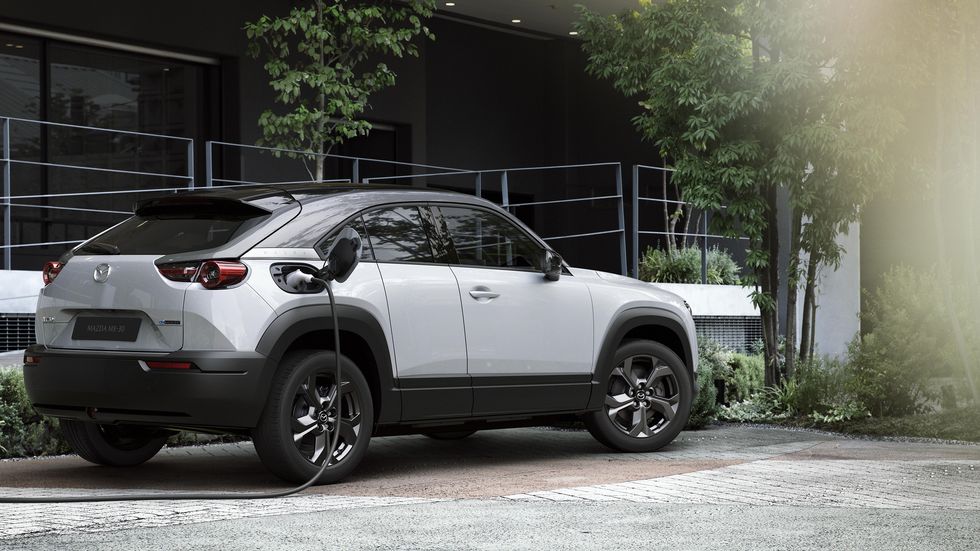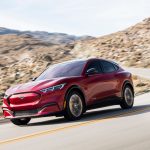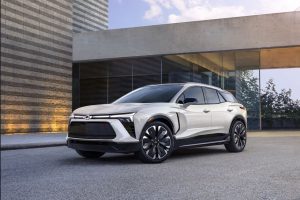In a surprising move, Mazda has announced its decision to discontinue sales of the Mazda MX-30 electric crossover in the United States after 2023. This comes as a disappointment to environmentally conscious consumers who were looking forward to Mazda’s foray into the electric vehicle market. The company’s decision, however, is driven by a strategic shift in focus towards hybrid vehicles rather than fully electric offerings.
The Mazda MX-30 was initially introduced to the US market with much anticipation. As the brand’s first all-electric vehicle, it was expected to be a step forward in Mazda’s commitment to sustainable mobility and reducing carbon emissions. However, after a short stint on American roads, the MX-30’s journey in the US will come to an end in 2023.
Mazda cited several reasons for its decision to discontinue the MX-30 in the US. One of the primary factors is the rapid evolution and advancement of plug-in hybrid electric vehicles (PHEVs) in the automotive industry. The company believes that PHEVs offer a more practical solution for consumers seeking to transition to greener driving options while still having the flexibility of a gasoline-powered range extender. By focusing on PHEVs, Mazda aims to strike a balance between electric and conventional powertrains, catering to a wider range of consumer needs and preferences.

Another factor contributing to the discontinuation of the MX-30 in the US is the competitive landscape. The EV market is becoming increasingly crowded, with well-established players and new entrants vying for market share. Mazda faced stiff competition from other automakers, some of whom have already established a strong presence in the electric vehicle segment. This, coupled with the challenges of building and maintaining a robust charging infrastructure across the country, likely played a role in the company’s decision to shift its focus.
Furthermore, Mazda clarified that it has no immediate plans to bring the MX-30 R-EV PHEV (range-extender PHEV) to the United States. Instead, the company will concentrate its efforts on developing and promoting larger PHEV vehicles. Models such as the CX-90 and CX-70 PHEV, with their larger size and greater potential for electrification, seem to align better with Mazda’s future vision.
Additionally, Mazda plans to introduce a CX-50 hybrid model, further solidifying its commitment to hybrid powertrains. Hybrids offer the advantage of reduced emissions while providing drivers with the convenience of refueling at traditional gas stations. This decision signals Mazda’s intention to position itself as a leading player in the hybrid vehicle market.
While the discontinuation of the MX-30 in the US might be seen as a setback for Mazda’s electric ambitions, the company’s strategic pivot towards hybrids reflects its willingness to adapt and respond to changing market dynamics. As consumers continue to demand greener and more sustainable transportation options, Mazda’s focus on PHEVs and hybrid models aims to provide environmentally conscious drivers with attractive choices that align with their values.
It remains to be seen how Mazda’s hybrid push will be received by the US market, but the company’s commitment to sustainable mobility remains at the forefront of its long-term strategy. As the automotive industry continues to evolve, Mazda’s decision to prioritize hybrid vehicles underscores the importance of finding a balance between electric and hybrid solutions to drive a more sustainable future.

















Add Comment